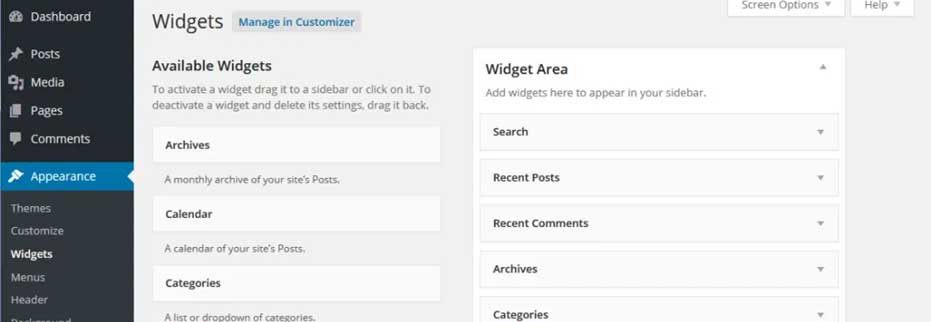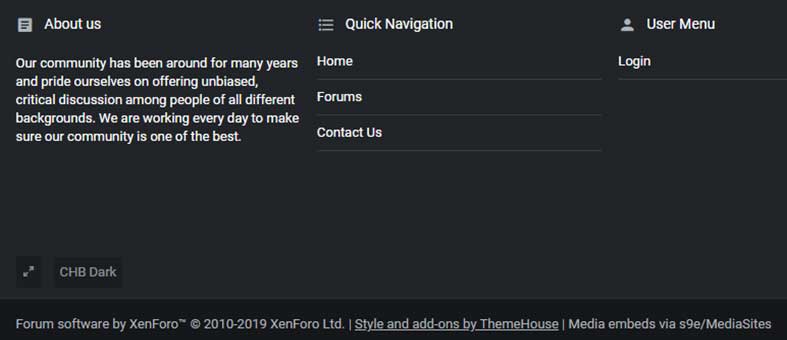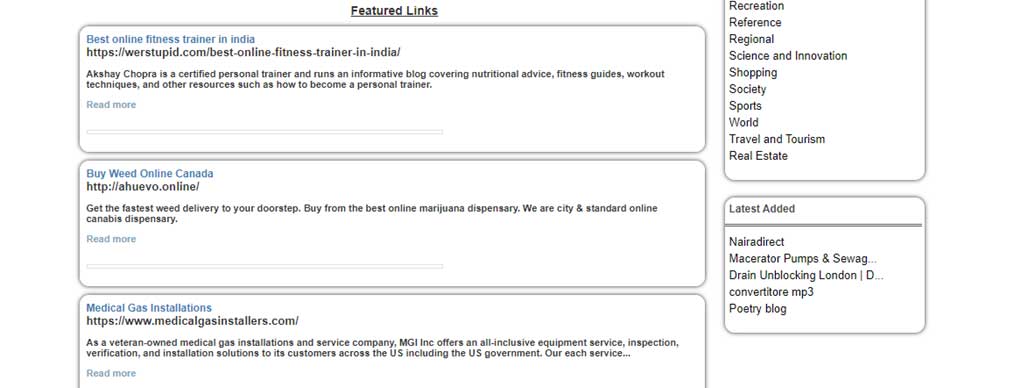Link building involves creating a content page, gathering backlinks to this page, and hoping these links will enhance your website’s standing in Google search results; several strategies play an essential role in finding link-building success.
With so many strategies around, it is easy to miss when methods become outdated. Missing these could result in penalties from Google, damaging your SEO efforts as a result. Therefore, brands should try to stay updated with changes conducted by Google if they want to avoid violating Google’s Quality Guidelines. The problem is the volume of content on the web providing the wrong information. It isn’t easy to decipher the false from the fact.
Make yourself aware of these 26 unnatural link building methods and avoid them as much as possible.
What is unnatural link building?
Unnatural links became a strong focus for Google after the Penguin update in 2012. It involves manipulating a page’s ranking – such as purchasing links or using spammy links. While not all unnatural links are bad, some can cause detrimental effects, compromising your website’s ranking with Google. If you have built a robust search engine presence over the years, which gains your website a large quantity of organic traffic, penalties can make all of your hard work vanish in an instant.
These penalties don’t have to be massive to put your online business at risk. If your content ranks on the first page for numerous relevant search terms in your industry, and some dodgy links lead to Google penalizing your site, it could push it down to the second page. 75% of users never venture beyond the first page of search results, so avoid falling down the rankings where you can.
If you want to avoid losing at least three-quarters of your organic traffic, take some time to understand the different unnatural links.
1. Guest posting
Marketers consider guest posting, where you share content on external websites, as one of the most effective strategies for attaining those all-important backlinks. If done incorrectly, guest posting can become an unnatural link building method. Consider the content of the blog post. Aim to make a high-quality post full of original content. Low-quality, spammy content results in guest posting strategies that go from helping to hindering you.
Also, depending on which external sites publish your guest posts, problems can crop up if a site does any of the following:
- Features a large number of outbound links
Outbound links increase relevancy, improve reputation, boost value, and encourage backlinks. Experts recommend using these in moderation. A site with a high quantity of outbound links could distract and annoy readers, impacting user experience. Also, Google views these sites as spammy. Websites should only include relevant and helpful links. If a site appears spammy or manipulative due to unnatural links, avoid reaching out to them.
- Requests a dofollow link for their website in exchange
As a courtesy for someone incorporating your link onto their website, some may request that you do the same by including their link onto your site. Avoid websites that try to gain a link in return. While this quick and easy method drives traffic, excessive link exchanges risk negatively impacting your site’s ranking. The occasional link exchange shouldn’t harm your efforts – it’s not uncommon for two parties to exchange links. However, proceed with caution. Google discourages this old-fashioned link exchange tactic, as it involves bloggers systematically gaining links. These links only exist cause of this deal, not making them natural. It can lead to Google dishing out penalties.
Plus, building lots of links over a long period could result in you forgetting about many times link exchanges occurred. Therefore, to avoid all risks, don’t guest post on sites that request a dofollow link. Exchanging links wastes your time and won’t bring any additional traffic or boost your site authority.
- Isn’t relevant to your industry
The site may have high authority and traffic, but you won’t benefit if it isn’t relevant. Asking a food blog to take your guest post with a makeup link appears unnatural to Google and the audience. If it doesn’t make sense from the user’s perspective, don’t pursue the site.
2. Private blog networks (PBNs)
Private blog networks aim to boost link authority artificially. Create a network of authoritative websites yourself rather than reaching out to other sites to share your backlink. With all of the control in your hands, post articles and incorporate links in whatever way you desire. Once you have bought old domains with high authority and start adding backlinks to your site, it improves your ranking and boosts your traffic.
However, this black-hat unnatural link building tactic goes against Google’s guidelines as they manipulate the rankings. Therefore, Google hands out manual penalties to any website caught using or building a PBN.
When working with SEO agencies, ask them about the methods they use to build links. If they use PBN’s to create backlinks without your knowledge, it can still negatively affect your site if Google realizes it’s part of a sketchy link building strategy.
While it may seem like a fast and great tactic on the surface, other strategies that take a bit longer won’t result in penalties. With the risk of losing your ranking position, don’t go down this route. Forget about the “private blog” part and only focus on the “network” aspect. Finding legitimate, high-ranking websites rather than creating your own that you can network with always benefits you.







